Detailed content
Manufacturer:ABB
Model Number:ZINT-592
Module Type:Main Circuit Interface Board
Input Voltage Range:3-phase / 3P, 525Vac-690Vac
Rated Current:7.4A (nom.; 690Vac), 7A (LD Light Overload; 690Vac), 5.6A (HD Heavy-Duty; 690Vac)
Number of Channels:8-Channel
Analog Input Resolution:12-Bit
Analog Input Type:Voltage/Current
Compliance:ATEX compliant
Mounting Type:Floor freestanding
Communication Capabilities:Modbus RTU / Modbus
Engineered with precision, the ABB ACS880 ZINT-592 Main Circuit Interface Board is a testament to ABB‘s commitment to innovation in industrial automation. This cutting-edge component is specifically designed to enhance system performance, offering unparalleled reliability and efficiency in high-demand environments.
Featuring a robust design that seamlessly integrates with various network configurations, it supports multiple communication protocols, including Modbus RTU/Modbus, ensuring seamless data exchange between different systems. Its surface/wall mounting capability ensures flexible installation options, adaptable to diverse industrial settings.
With its IP20/UL open safety rating, this interface board is designed for operational safety, protecting against accidental contact with moving parts. It’s equipped with essential features such as Choke, Safe Torque Off (STO), and Direct Torque Control (DTC), optimizing control accuracy and system stability.
Crafted from high-quality materials, the ABB ACS880 ZINT-592 Main Circuit Interface Board is built to withstand harsh industrial conditions, ensuring long-lasting durability and maintenance-free operation. It is compatible with input voltages ranging from 208Vac to 240Vac (220Vac/230Vac) in 3-phase configurations, making it suitable for a wide array of applications across various industries.
At the heart of this interface board lies ABB‘s expertise in power electronics, providing users with a reliable solution for managing electrical loads efficiently. It is a vital component in the ACS880 series, offering advanced functionality to streamline industrial processes, enhance productivity, and reduce operational costs.


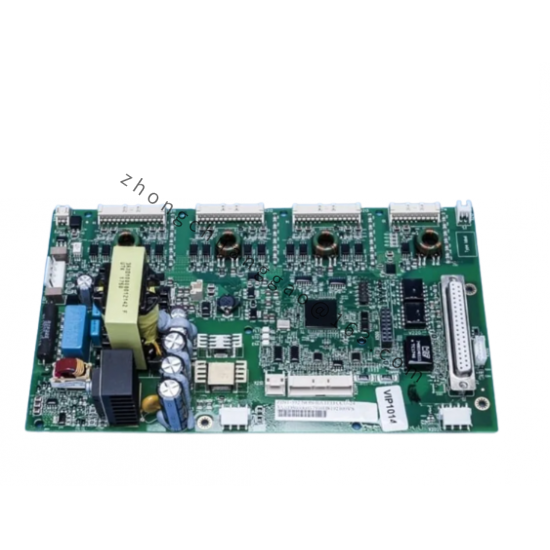

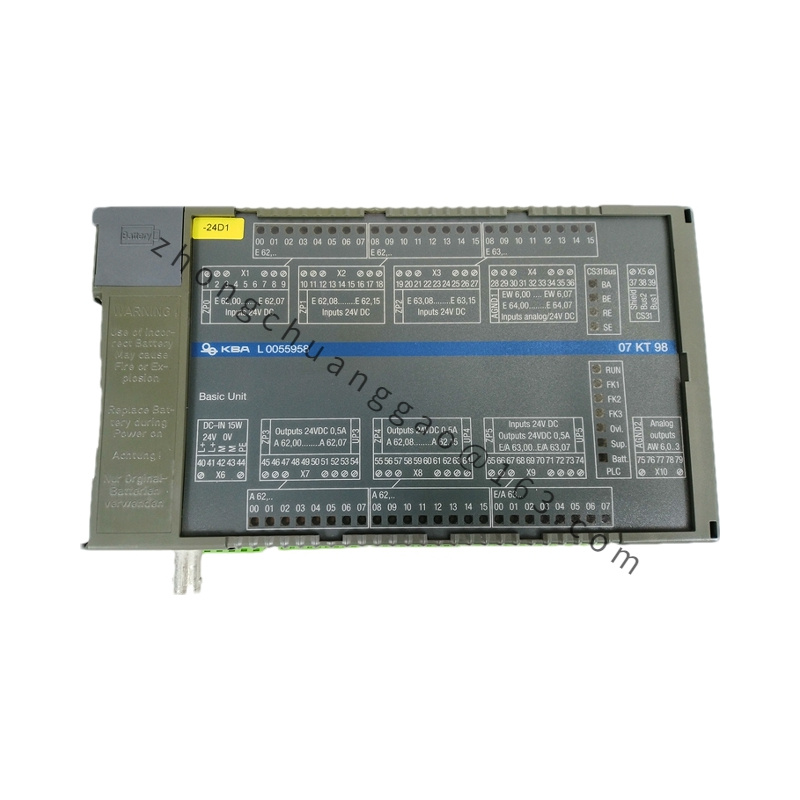
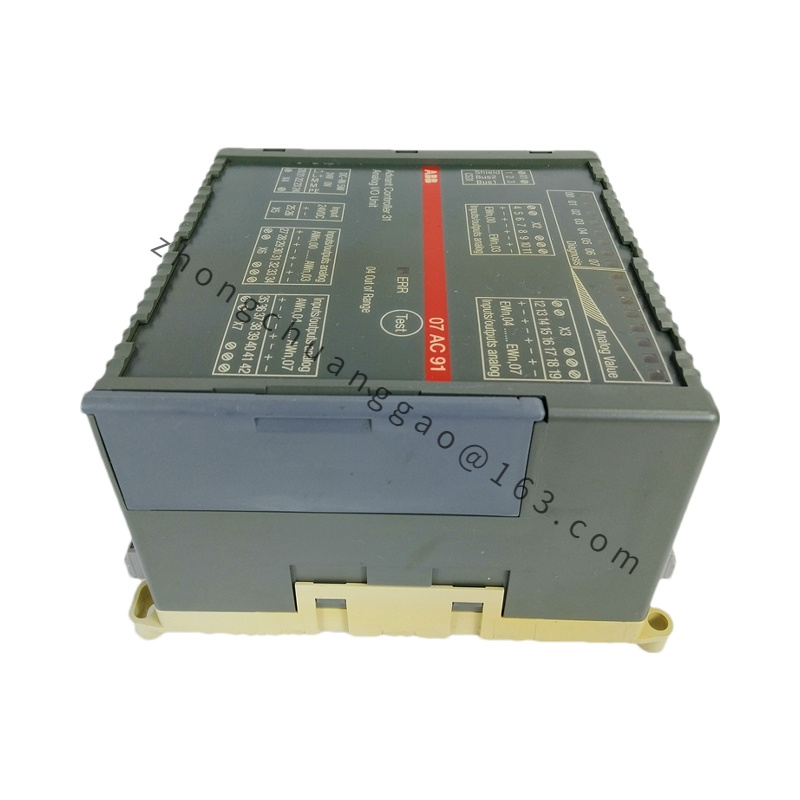



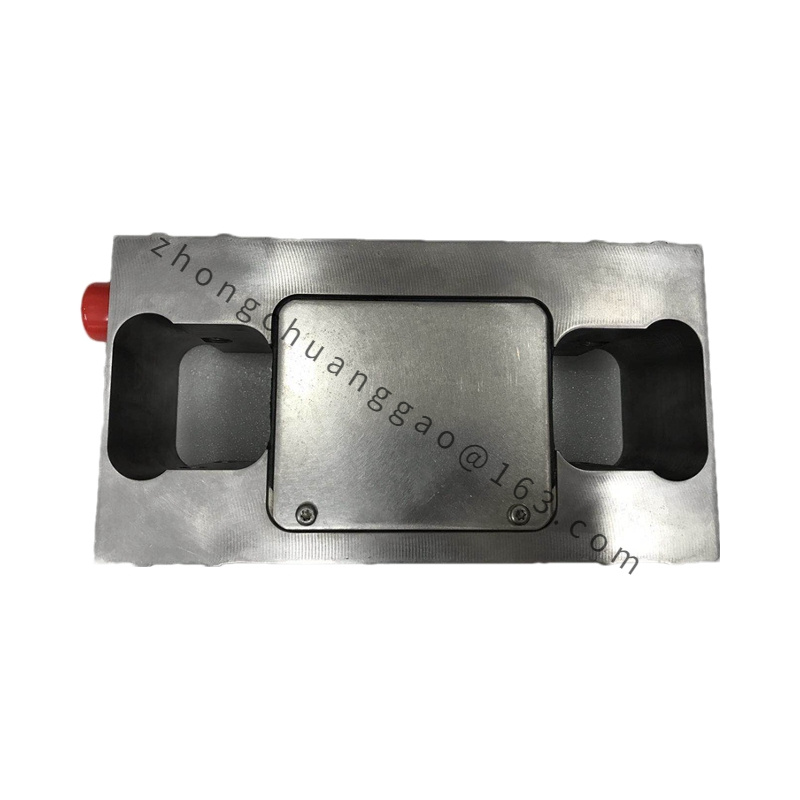

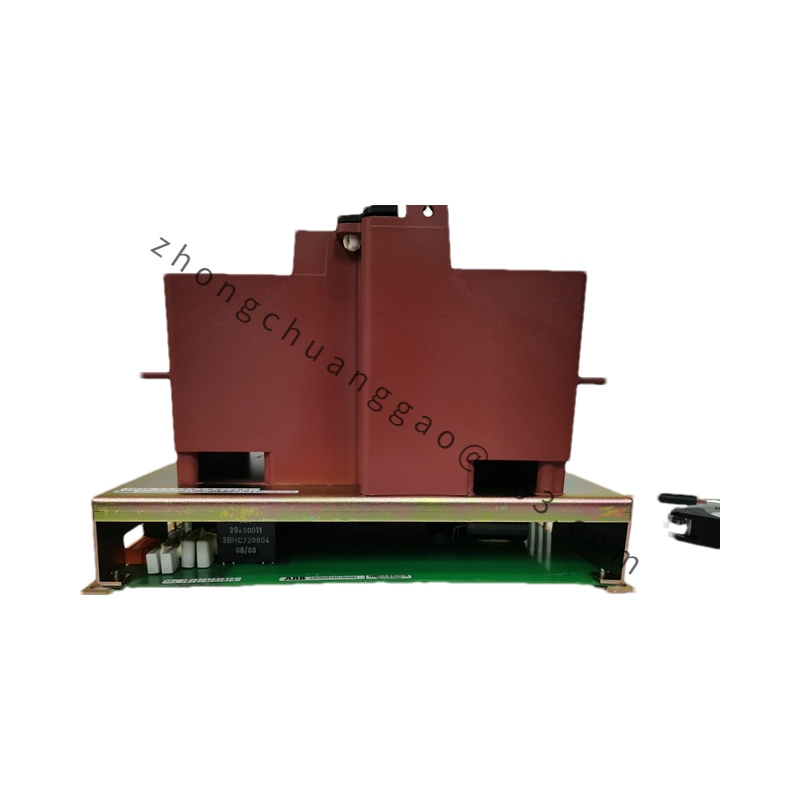
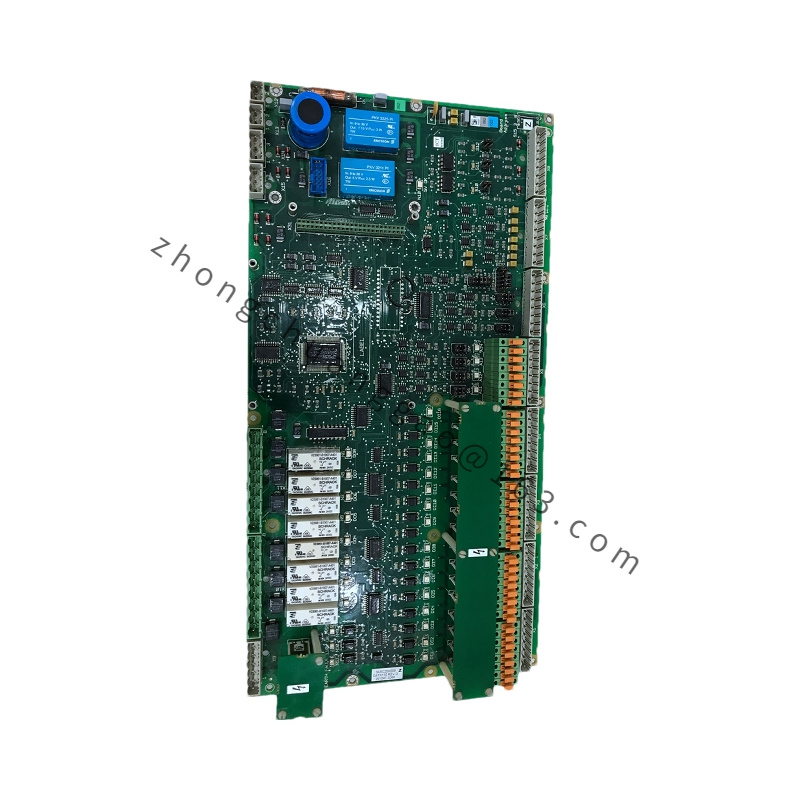
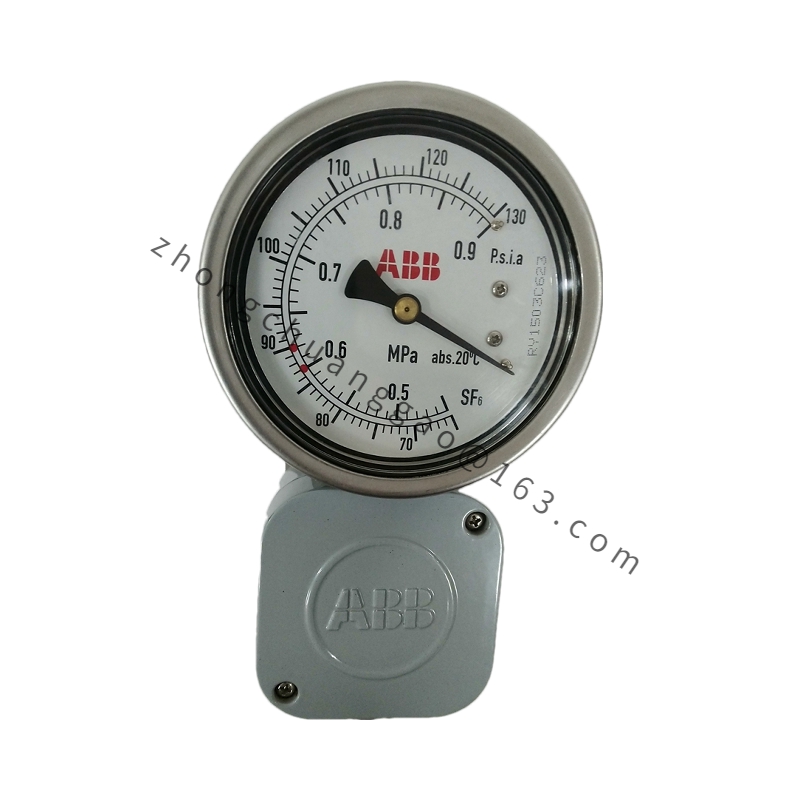
.jpg)